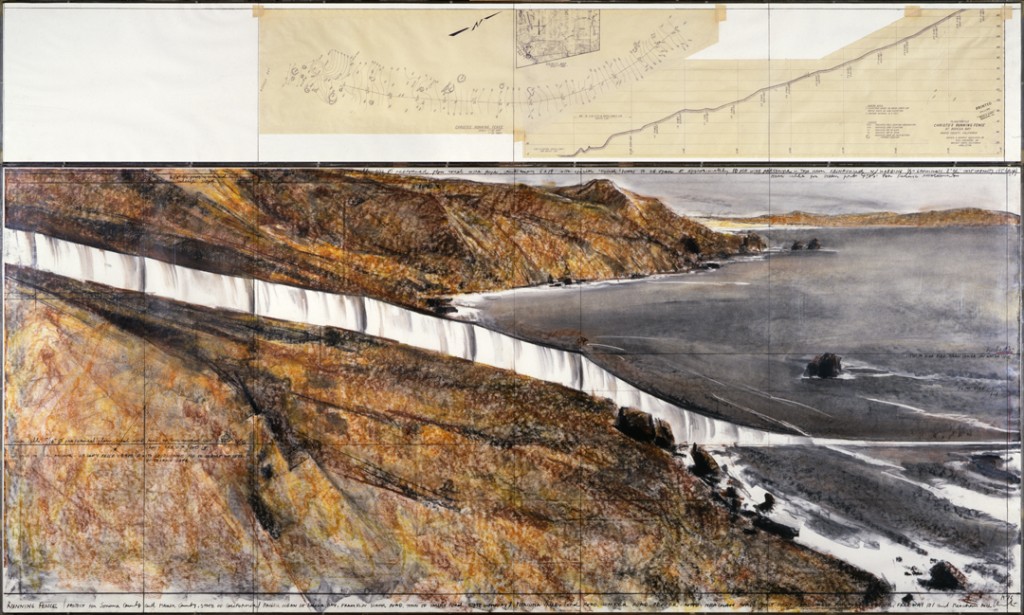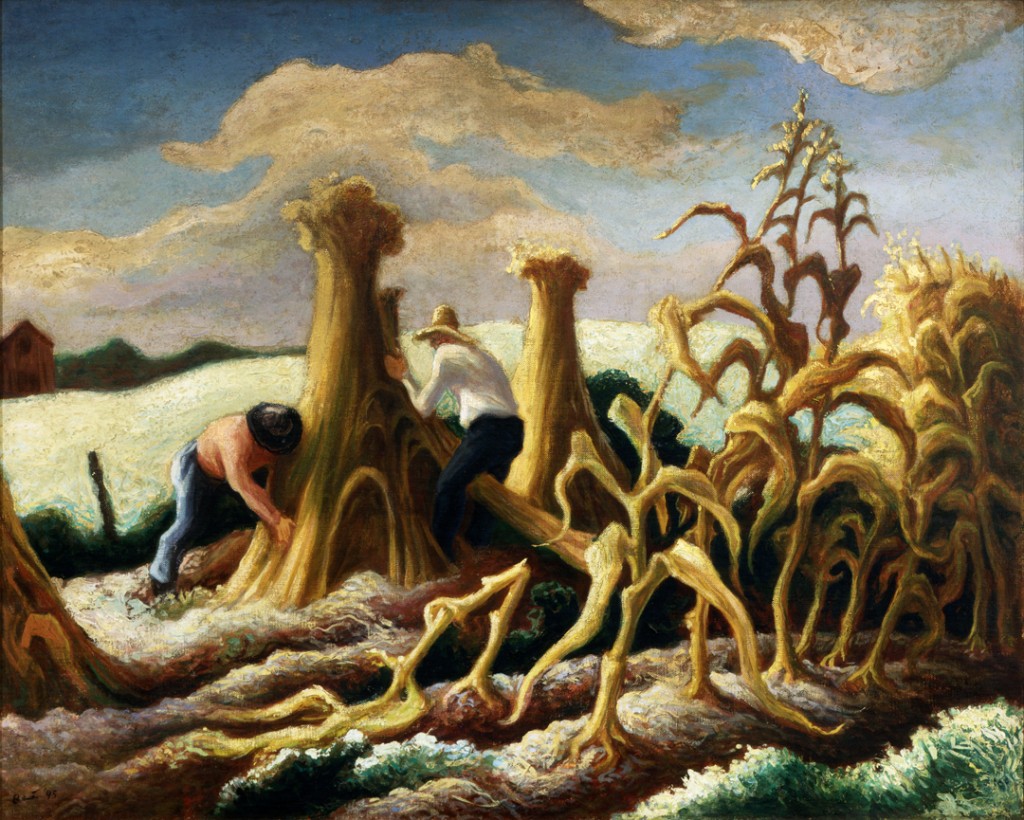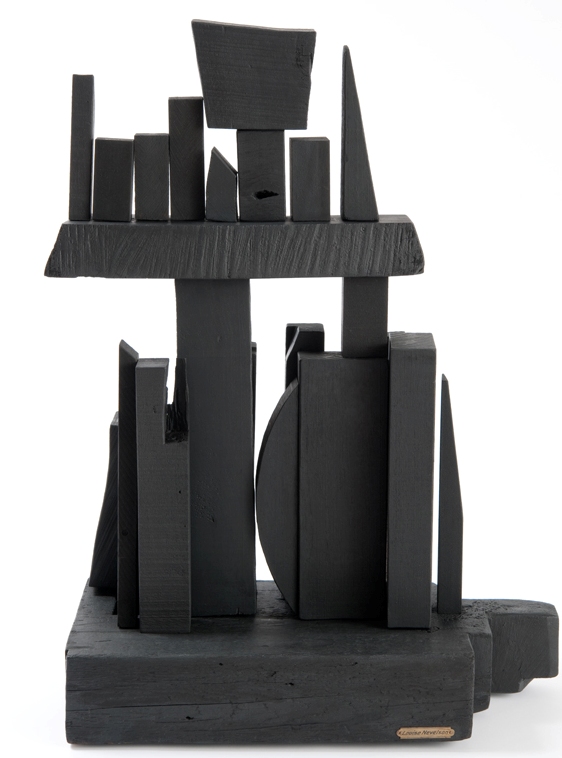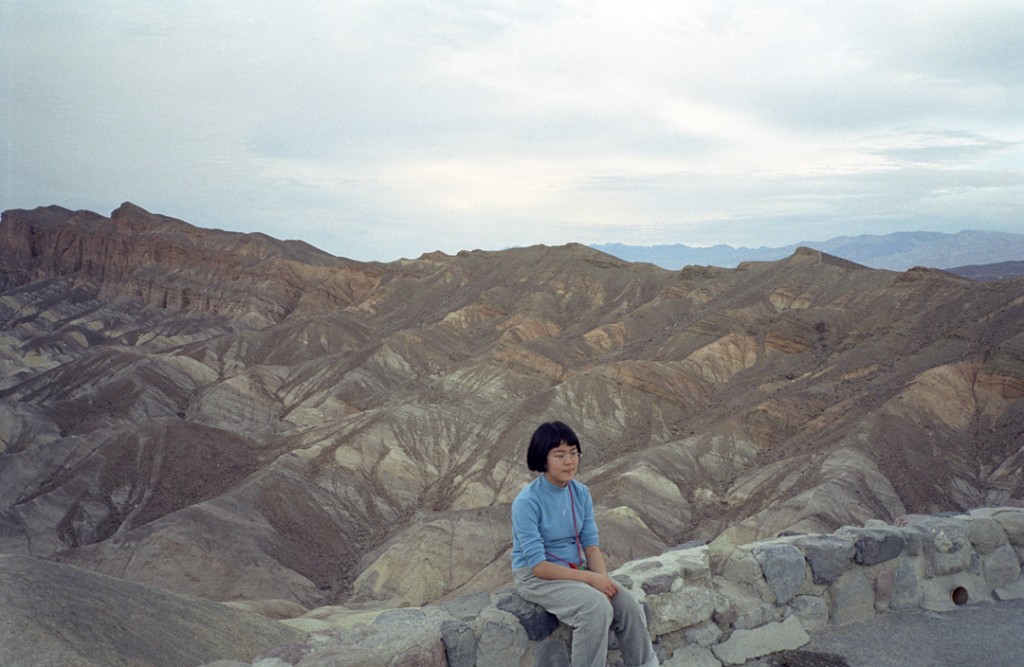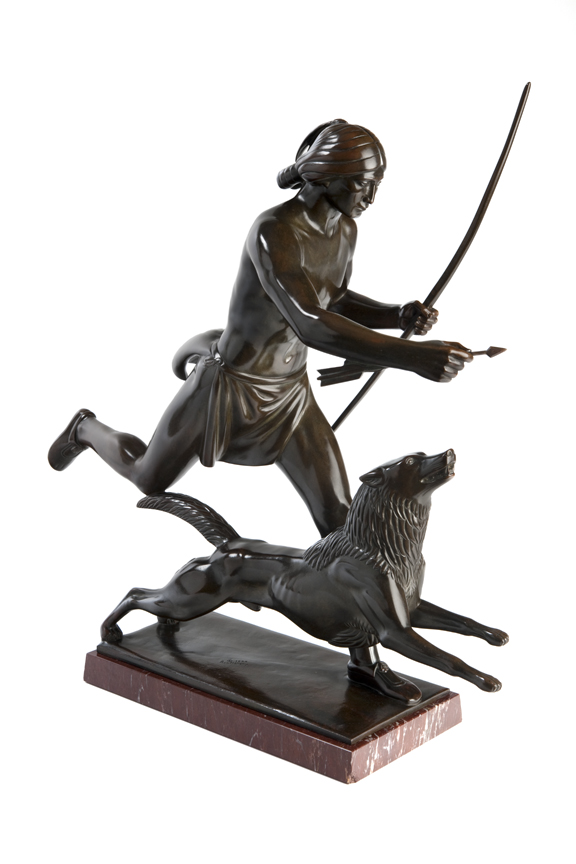
Minnesota Museum of American Art — a revitalized museum built with vision, if not yet bricks
When the Minnesota Museum of American Art (MMAA) announced early in 2009 it would close up shop indefinitely and move out of its downtown St. Paul gallery space, it wasn’t much of a surprise. There’d been rumbles: turbulence in the leadership, money woes, ineffective management, the loss of its space to redevelopment. Honestly, aside from concerns about what would become of the museum’s storied collection, it was hard to imagine how the institution could recover.
But then several months after the Minnesota Museum of American Art closed, the board quietly brought in Kristin Makholm — a seasoned educator, curator and arts administrator — to take the helm of the foundering museum. In the absence of a permanent home and under her leadership, the institution forged relationships with local galleries, borrowing their exhibition spaces to bring parts of the collection back into public view and keep the museum in the public eye. Makholm explains, “This is an era of partnerships. There’s a spirit in the air, so much goodwill — and people really want to do stuff together.”
Through these resourceful collaborations, the Minnesota Museum of American Art recently exhibited abstract works at the College of Visual Arts, notable George Morrison paintings at the Bockley Gallery, a grouping of portraits at the Minnetonka Center for the Arts, a selection of prints at the Highpoint Center for Printmaking and ceramics at St. Paul Academy.
And now, the museum has put together an ambitious traveling exhibition, “Our Treasures – Highlights from the Minnesota Museum of American Art.” Through May 2012, thanks to a grant from the state’s Legacy amendment, 30 key pieces from the Minnesota Museum of American Art’s collection will be shown in at least three Minnesota venues, beginning this weekend with the Tweed Museum of Art in Duluth.
I ask Makholm about curating the show and what story she wants these works to tell about the museum. “Another curator might have chosen 30 other pieces,” she shrugs. “But as I looked at the collection, I started with: What are the pieces that blow me away? We have the best Joan Mitchell painting around; and we have to show a couple of great Morrisons and, of course, our Manships. The Robert Henri, a wonderful, tall portrait — these are important pieces in any context, and we’ve never really featured them. Museums anywhere in the world would salivate over these works — and we have them.”
“I wanted to be sure people could see old favorites, but also pieces they might not have been able to see before.” For example, Makholm has chosen to prominently feature a number of rarely seen but important drawings in the museum’s collection. “You have to see the Christo drawing we’re showing,” she urges, “it’s phenomenal. And there’s an Ed Ruscha gunpowder drawing that’s very distinctive.” The touring exhibition also underscores the museum’s impressive holdings in fine craft, particularly its pieces by the legendary potter Warren Mackenzie.
“I want this exhibition to tell the story of the incredible richness our museum has in all these fields,” she says. To that end, Makholm also prioritized documenting that richness. A beautifully produced, carefully annotated catalogue is central to the “Our Treasures” exhibition, and it is filled with critical essays on the artists and research on pieces in the collection in a way that simply hasn’t been done before.
***
During her first year as director for the Minnesota Museum of American Art, Makholm penned an essay for an online art mag, “Quodlibetica.” In it she offered this striking insight: “Museum as Place. Museum as Collection. Both are extremely important aspects of the museum of today. And yet, to my mind, they are not the most important parts. Without something called Vision — or as some people define it, Mission — the dual supports of place and collection collapse under the weight of irrelevance and emptiness. Indeed, it is how and why you put certain remarkable artworks in a particular building, in a certain location, in front of a certain audience that is the essence of a rich and signature cultural experience.”
Makholm observes that two years without a brick-and-mortar home has offered unexpected advantages. “Not having a space has meant we’ve had this golden opportunity to determine who are we, what are we here for? We could start from scratch and regroup with a fresh perspective.”
I ask about the grand vision for the Minnesota Museum of American Art, going forward. She answers: “We want to be the museum that focuses on us — the artists of this place, past, present and future. We are absolutely committed to finding a permanent home in St. Paul, and we’re really working right now to see that happen. We’re a museum that wants to bring art to the community, to make it accessible. There’s this enormous creative spirit now — people want to make things. We want to answer that need, give meaningful opportunities for democratic engagement and for conversations about art, for community classes for families and kids. We won’t be doing a lot of lectures or gallery talks; there are other places that do that and do it well. We want conversation and active participation; we have to meet people where their interests are. We, as museums, have to find that space for engagement.”
“Our Treasures: Highlights from the Minnesota Museum of American Art” begins its tour with an exhibition at the Tweed Museum of Art in Duluth, Minn,, which will run from Aug. 23 through Oct. 23. From there, the show will move on to exhibitions, first in St. Peter, Minn. at Gustavus Adolphus College’s Hillstrom Museum of Art, and then in Carleton College’s art gallery in Northfield, Minn. Read critical essays on specific pieces and browse through images of work included in the show, order a catalogue and keep track of exhibition venues and dates on the extensive “Our Treasures” website.
Recent Content
-
Artsarticle ·
-
Artsarticle ·
-
Artsarticle ·
